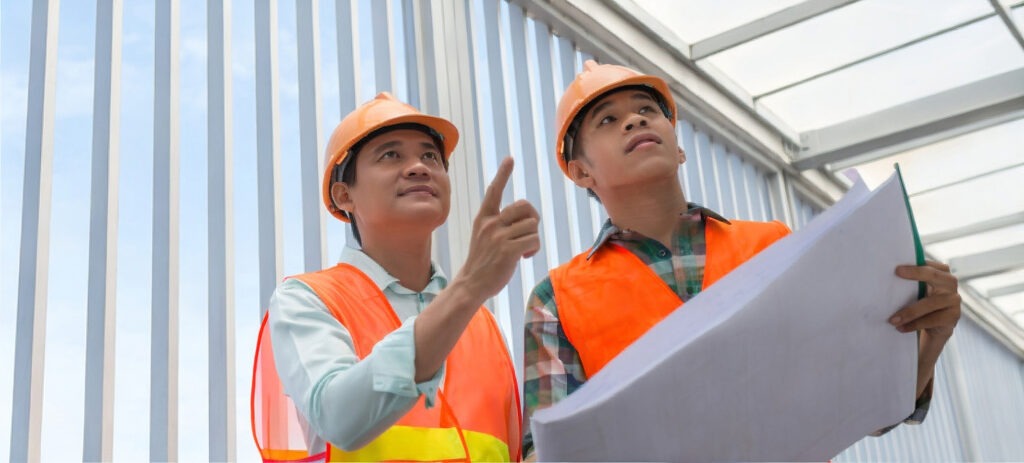Safety Culture

Safety is our top priority as we work towards accident-free projects.
We hold mass toolbox meetings (TBMs) weekly to inform workers of safety updates, site findings, and to reinforce risk mitigation measures and safe work procedures. These meetings ensure that everyone remains proactive and aware of their role in maintaining a secure work environment.
In addition, senior management is actively involved in conducting regular site inspections. This hands-on approach reflects our commitment to upholding safety standards and creating a safe workplace for all. By combining these efforts, we ensure that safety remains central to everything we do.
K.H. Lee
Culture Framework
Hazard Identification and Risk
Hazard identification and risk assessment are critical components of safety culture. Workers are encouraged to identify hazards and report potential safety risks. Risk assessments are conducted regularly to identify and mitigate safety risks.
Enhanced Focus on Training & Development
Hazard identification and risk assessment are critical components of safety culture. Workers are encouraged to identify hazards and report potential safety risks. Risk assessments are conducted regularly to identify and mitigate safety risks.
Sustainability and Safety
There is a growing link between sustainability and safety in construction. Sustainable practices often lead to safer job sites—less waste and reduced use of hazardous materials contribute to a lower risk of accidents and injuries. Expect sustainability to be a key component in our safety strategies going forward.
Emphasis on Safety Leadership
Leadership plays a critical role in the implementation of effective safety practices. Companies are now investing in training leaders specifically for safety management, ensuring that safety-first mindset trickles down from the top and is embraced by all employees.

